Introduction
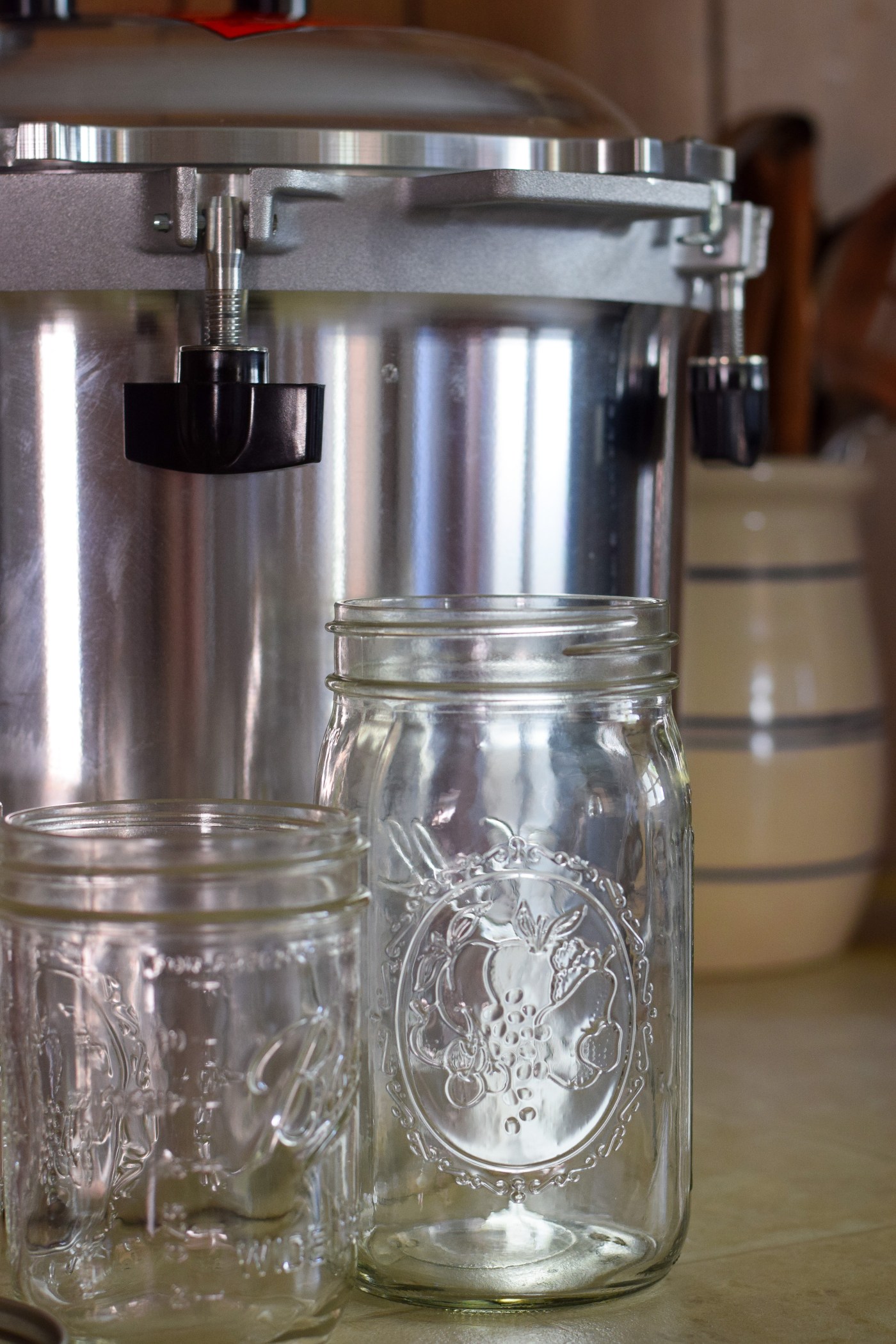
Preserving food at home has become increasingly popular in recent years, as people strive to eat healthier and reduce food waste. Two common methods for preserving food are water bath canning and pressure canning. Both techniques involve heat processing to create a vacuum seal on jars, ensuring the food remains safe to eat for an extended period. However, the choice between water bath canning and pressure canning depends on the acidity of the food being preserved. In this article, we will explore the differences between the two methods, their benefits, recommended recipes, safety considerations, and help you choose the right method for your preservation needs.
Overview Of Water Bath Canning And Pressure Canning
Water bath canning and pressure canning are two popular methods for preserving food at home. Water bath canning is used for high-acid foods such as fruits, pickles, and jams. It involves immersing the sealed jars in boiling water for a specified amount of time. Pressure canning, on the other hand, is necessary for low-acid foods like vegetables, meats, and soups. It uses a specialized pressure canner to reach higher temperatures and eliminate the risk of botulism. Both methods create a vacuum seal that preserves the food and extends its shelf life.
Benefits Of Home Food Preservation
Home food preservation offers several benefits for individuals and families. Firstly, it allows you to enjoy the flavors of fresh produce throughout the year, even when certain fruits and vegetables are out of season. It also enables you to control the ingredients and preservatives in your preserved foods, promoting a healthier and more natural diet. Additionally, home food preservation can save you money by taking advantage of seasonal sales and bulk purchases. Lastly, it gives you the satisfaction of knowing exactly where your food comes from and the joy of sharing homemade preserves with loved ones.
Water Bath Canning Method
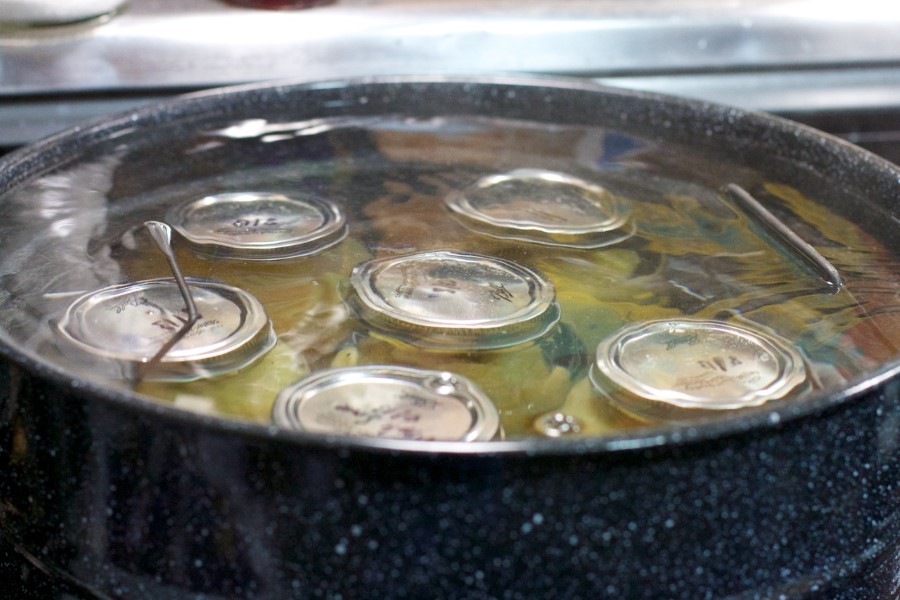
Water Bath Canning is a popular method used for preserving high-acid foods such as fruits, jams, jellies, pickles, and tomatoes. The process involves sealing jars filled with food in a water bath canner and heating them to a specific temperature. This method relies on the natural acidity of the food to create an inhospitable environment for bacteria, molds, and yeast. Water bath canning is relatively simple and requires basic equipment like a water bath canner, jars, and lids. It is a great option for beginners or those who prefer to can smaller batches of food.
Water Bath Canning Process And Equipment Needed
In water bath canning, the process involves boiling jars filled with high-acid foods in a large pot of water for a specific period of time. This heat treatment kills off bacteria and creates a vacuum seal on the jars. The equipment needed for water bath canning includes a water bath canner or a large stockpot with a rack, canning jars with lids and bands, a jar lifter, a canning funnel, a ladle, a bubble remover, and a timer. It is important to follow the recommended recipes and processing times to ensure safe preservation.
Recommended Recipes For Water Bath Canning
Some popular recipes for water bath canning include strawberry jam, tomato salsa, pickled cucumbers, and peach preserves. These recipes are safe for water bath canning because they contain high levels of acid, which helps to prevent the growth of bacteria. It’s important to follow specific recipes and processing times to ensure proper preservation. Additionally, it’s recommended to use fresh and high-quality ingredients for the best results. By following tested recipes, home canners can enjoy the benefits of water bath canning and savor their favorite homemade preserves throughout the year.
Pressure Canning Method
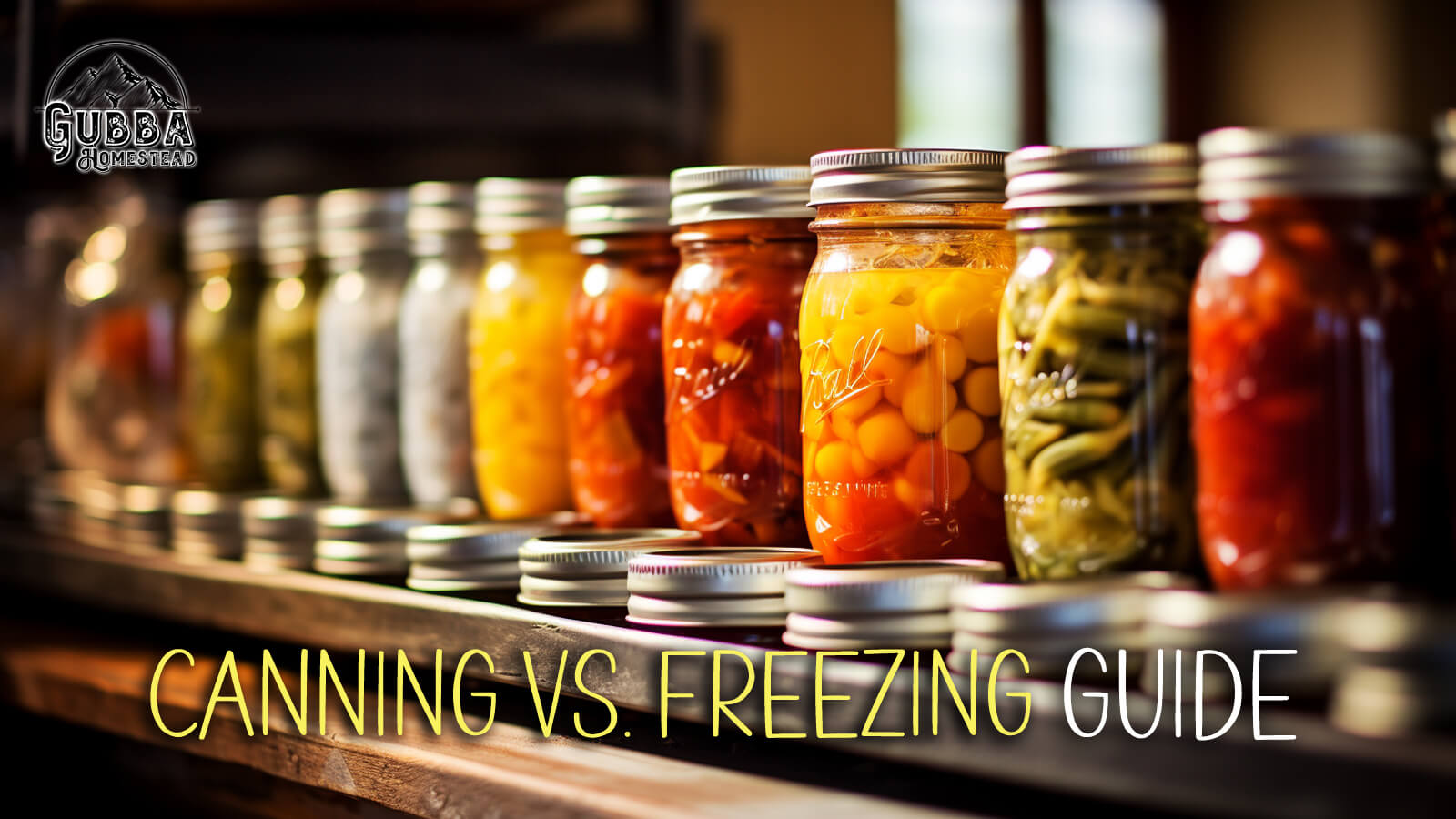
The pressure canning method is a preservation technique that uses the power of pure steam and physical force to seal jars. Unlike water bath canning, which relies on boiling water, pressure canning involves using specialized equipment called a pressure canner. This equipment resembles a kitchen pot but comes with additional features to regulate pressure. It’s essential to note that pressure cookers should never be used for canning as they do not provide the necessary safety measures. Pressure canning is primarily used for canning low-acid foods that require higher temperatures to eliminate harmful microorganisms.
Pressure Canning Process And Equipment Required
To begin the pressure canning process, you will need a pressure canner, which is specifically designed for this method. The pressure canner has a tight-sealing lid, a pressure gauge, and a vent or weighted valve to regulate the pressure inside. It is crucial to follow the manufacturer’s instructions for your specific canner model. Before starting, ensure that the canner is clean and in good working condition. The jars, lids, and bands used for pressure canning need to be sterilized before filling them with food. The filled jars are placed in the canner, and the lid is secured. The canner is then heated to generate steam, and the pressure is carefully controlled according to the recipe’s instructions. The recommended processing time starts once the canner reaches the appropriate pressure. Once the processing time is completed, the canner is allowed to cool naturally before removing the jars.
Recommended Recipes For Pressure Canning
Pressure canning is a great method for preserving a wide variety of foods. Some recommended recipes for pressure canning include soups, stews, and chili, as well as meats such as chicken, beef, and pork. Vegetables like green beans, carrots, and corn can also be pressure canned. Additionally, fruits like applesauce and peaches can be preserved using this method. It’s important to follow a trusted recipe that provides the appropriate processing time and pressure for each specific food item to ensure safe preservation. Remember to always consult reliable canning resources for tested recipes.
Key Differences Between Water Bath Canning And Pressure Canning

Water bath canning and pressure canning are two distinct methods of preserving food. The main difference lies in the processing method and the types of foods that can be safely preserved. Water bath canning uses boiling water to create a high temperature environment, suitable for acidic foods like fruits, jams, and pickles. On the other hand, pressure canning utilizes the power of steam under high pressure, suitable for low-acid foods like meats, soups, and vegetables. The processing times and equipment requirements also vary between the two methods. It is crucial to choose the appropriate method based on the food being preserved to ensure safety and quality.
Heat Distribution And Processing Times Comparison
Heat distribution and processing times are significant factors to consider when choosing between water bath canning and pressure canning. In water bath canning, heat is distributed evenly throughout the jars, ensuring that the food is properly preserved. The processing times for water bath canning are shorter, usually ranging from 10 to 30 minutes. On the other hand, pressure canning utilizes high-pressure steam to heat the jars and food quickly and effectively. The processing times for pressure canning are longer, typically ranging from 20 to 90 minutes, depending on the type of food being preserved.
Suitable Foods For Each Preservation Method
Water bath canning is suitable for high-acid foods, such as fruits, jams, jellies, and pickles. These foods have a pH level of 4.6 or lower, which helps to inhibit the growth of harmful bacteria.
On the other hand, pressure canning is ideal for low-acid foods, including vegetables, meats, poultry, and seafood. These foods have a pH level higher than 4.6 and require the high temperatures achieved through pressure canning to ensure safe preservation.
It is crucial to follow the recommended preservation method based on the acidity of the food to ensure the safety and quality of the preserved products.
Safety Considerations
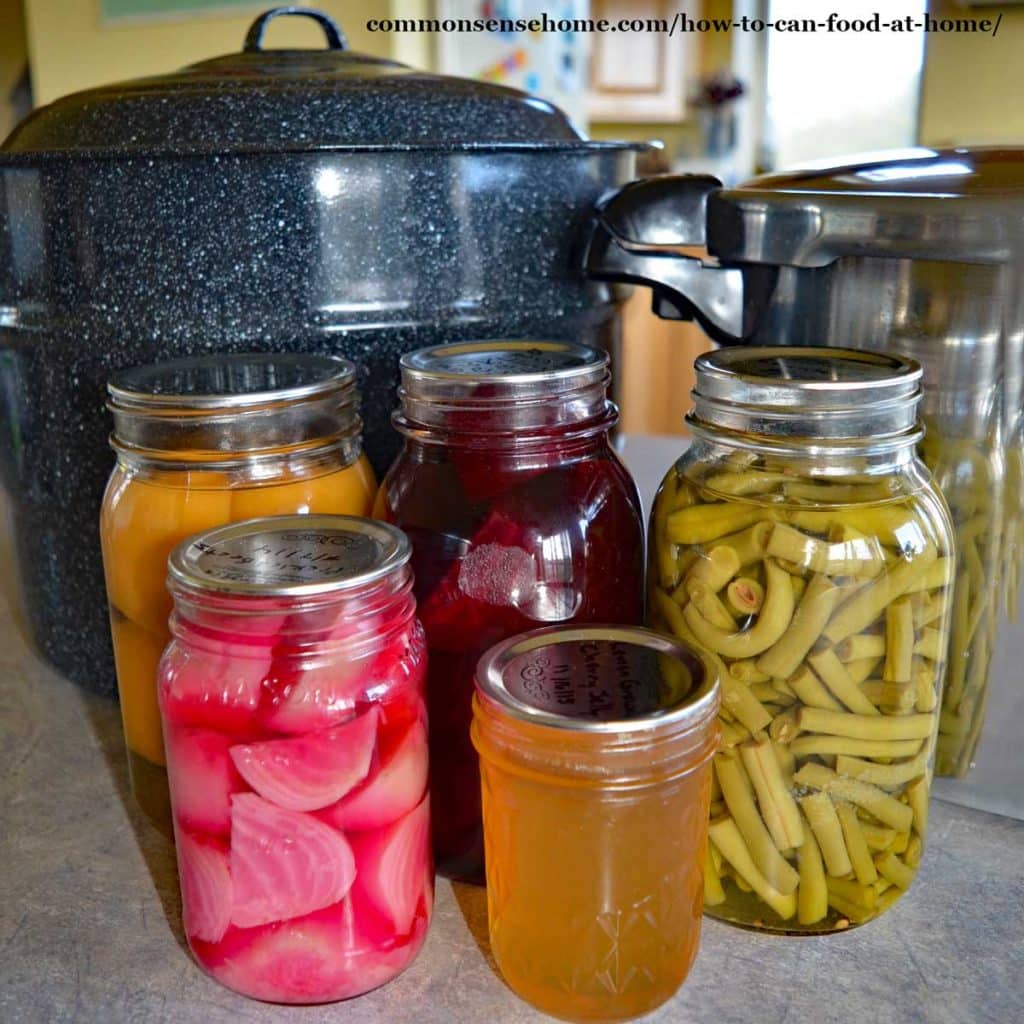
When it comes to canning, safety should be a top priority to prevent foodborne illnesses. Both water bath canning and pressure canning require careful handling and precautions. Here are some key safety considerations to keep in mind:
- Safe handling practices: Always wash your hands before handling any food or equipment. Follow proper sterilization techniques for jars, lids, and utensils to prevent contamination.
- Precautions for low-acid foods: When using pressure canning for low-acid foods, it is important to follow the recommended processing times and pressure levels to ensure the destruction of harmful bacteria such as Clostridium botulinum.
- Check for signs of spoilage: Before consuming canned foods, inspect the jars for any signs of spoilage, such as bulging lids, leaks, or unusual odor. If in doubt, discard the contents.
- Store canned foods properly: After canning, store jars in a cool, dry place away from direct sunlight. Use the FIFO (first in, first out) method to ensure older jars are used first.
By following these safety considerations, you can enjoy the benefits of home-canned foods without compromising your health. Remember to always prioritize safety to ensure the well-being of yourself and your loved ones.
Safe Handling Practices For Both Water Bath Canning And Pressure Canning
Safe handling practices are crucial when it comes to both Water Bath Canning and Pressure Canning to ensure the safety and quality of the preserved food. Here are some important practices to follow:
- Thoroughly wash your hands before handling any food or equipment to prevent contamination.
- Use clean and sterilized jars, lids, and utensils to prevent the growth of harmful bacteria.
- Follow the recommended processing times and temperature guidelines for each method to ensure proper preservation and destruction of microorganisms.
- Avoid touching the inside of the jar lids or the rim of the jar to maintain a tight seal.
- Label each jar with the date and contents to keep track of freshness and rotate stock accordingly.
By following these safe handling practices, you can minimize the risk of foodborne illnesses and enjoy your homemade canned goods with peace of mind.
Precautions To Prevent Foodborne Illnesses
To prevent foodborne illnesses during the canning process, it is important to take certain precautions. These include:
- Ensuring cleanliness: Wash all fruits, vegetables, and equipment thoroughly before use to eliminate any potential pathogens.
- Using proper canning techniques: Follow recommended canning methods, such as water bath canning or pressure canning, to ensure that foods are properly processed and free from harmful bacteria.
- Checking for seal integrity: Before consuming canned foods, always check that the jar lids are properly sealed. If any jars show signs of spoilage or have broken or unsealed lids, discard them immediately.
- Storing and rotating stock: Properly store canned goods in a cool, dry place and rotate your stock to ensure that older items are used before newer ones.
By following these precautions, you can reduce the risk of foodborne illnesses and enjoy the benefits of home-canned foods safely.
Conclusion
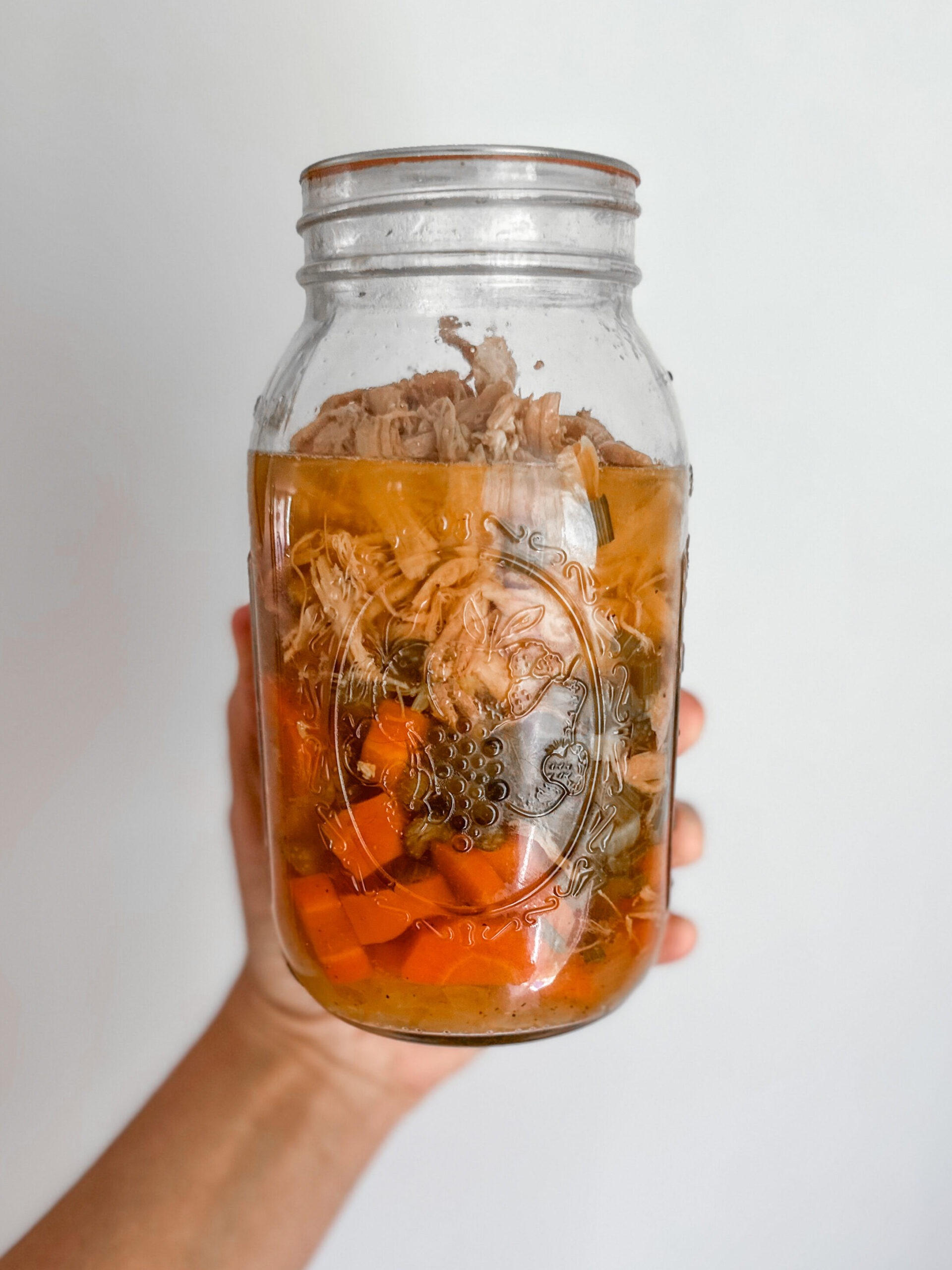
In conclusion, both water bath canning and pressure canning are effective methods for preserving food at home. Water bath canning is suitable for high acid foods, while pressure canning is necessary for low acid foods. Each method has its pros and cons, with factors like processing time and food compatibility. It is essential to follow proper safety precautions and guidelines to prevent foodborne illnesses. Ultimately, the choice between water bath canning and pressure canning depends on the type of food you are preserving and your personal preference. With the right technique, you can enjoy the benefits of homemade canned foods all year round.
Pros And Cons Of Water Bath Canning Vs Pressure Canning
Water bath canning has the advantage of being simpler and requiring less specialized equipment. It is also a preferred method for preserving high acid foods as it retains their natural flavors and textures. However, it has limitations as it cannot effectively preserve low acid foods and some vegetables.
On the other hand, pressure canning is ideal for low acid foods as it eliminates the risk of botulism. It can also save processing time as it reaches higher temperatures. However, it requires a pressure canner and additional safety precautions.
Ultimately, the choice between the two methods depends on the type of food being preserved and personal preference. It is important to follow proper guidelines and safety measures for successful food preservation.
Choosing The Right Method For Your Food Preservation Needs
When it comes to preserving your food, choosing the right method is crucial to ensure its safety and quality. Consider the acidity level of the food you want to can. If it is high-acid, such as fruits and pickled foods, water bath canning is the preferred method. On the other hand, low-acid foods like vegetables and meats require the use of a pressure canner for effective preservation. Additionally, take into account the equipment you have available and your personal preference. By selecting the appropriate method, you can ensure the longevity and flavor of your preserved foods.
FAQ About Water Bath Canning Vs Pressure Canning: Preserving Methods Compared
Q: What is water bath canning?
A: Water bath canning is a method of preserving food by processing filled jars in boiling water for a specific amount of time.
Q: What is pressure canning?
A: Pressure canning is a method of preserving food using high pressure and temperature to reach and maintain specific levels required for safe preservation.
Q: What types of foods are suitable for water bath canning?
A: High-acid foods like fruits, pickles, jams, and tomatoes with added acid are suitable for water bath canning.
Q: What types of foods are suitable for pressure canning?
A: Low-acid foods such as vegetables, meats, poultry, and seafood are suitable for pressure canning.
Q: What is the main difference between water bath canning and pressure canning?
A: The main difference is the method of heat distribution and the types of foods each method can safely preserve.
Q: Can you interchange water bath and pressure canning methods?
A: It is essential to follow the appropriate canning method designated for each type of food to ensure safe preservation and prevent the risk of foodborne illnesses.
Q: Are there specific equipment requirements for water bath canning and pressure canning?
A: Yes, both methods require specific canners – a water bath canner for water bath canning and a pressure canner for pressure canning, to ensure the preservation process is done correctly and safely.
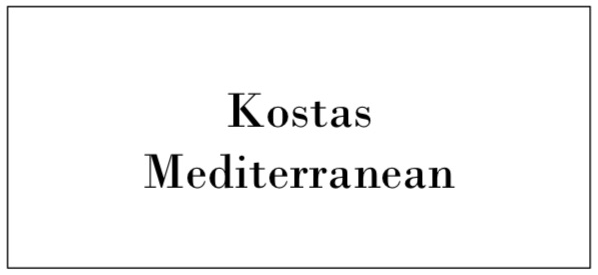
Kostas Mediterranean is a family-owned Greek restaurant located in North Vancouver. Our passion for bringing the authentic flavors of Greece to the local community has been the driving force behind our establishment. We take pride in offering a warm and welcoming atmosphere where guests can experience the true essence of Greek hospitality. Our journey began with Kostas, whose culinary skills and love for Greek cuisine inspired the creation of the restaurant. With a desire to share his family recipes and traditions, Kostas set out to create a dining experience that captures the spirit of Greece. The result is a menu that showcases a delightful blend of traditional and modern Greek dishes prepared with the finest and freshest ingredients.